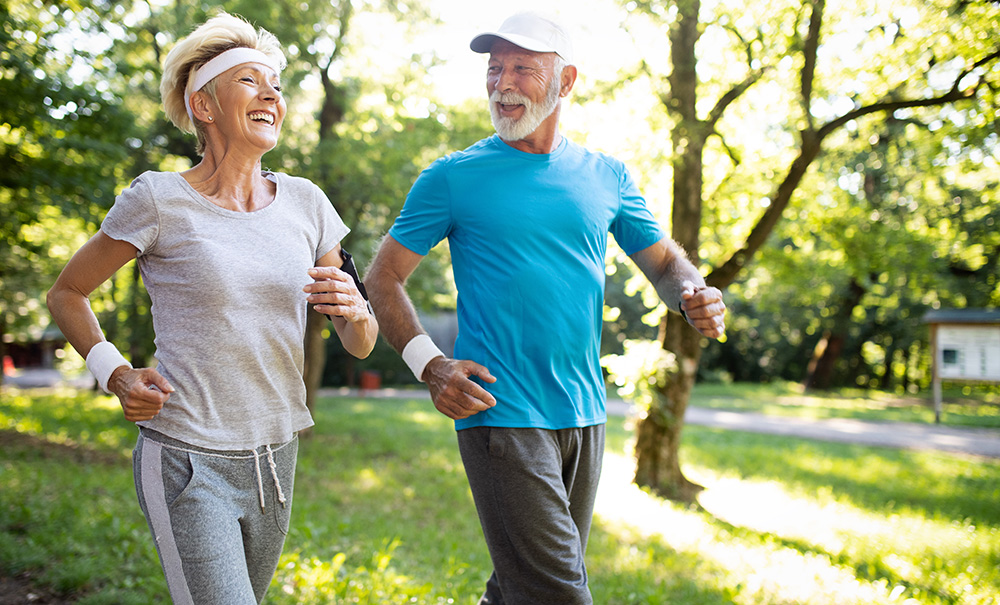Can you run with knee arthritis? The good news is, living with arthritic knees doesn’t mean giving up running or an active lifestyle. With the right tips and strategies, you can effectively manage your pain, improve joint health, and continue enjoying the benefits of running.
Whether you’ve been running for years or just starting, this guide shares practical tips to safely navigate running with arthritis.

Keep reading to learn how you can make running more comfortable and beneficial for your knees and learn valuable techniques to support your overall joint health.
Yes! Here’s how you can do it safely, comfortably, and ensure the maximum benefits:
Regardless of what kind of exercise you choose with arthritis, your goal should be avoiding injury and disease progression. If you’re running with arthritic knees, be sure to start slowly—choosing a mild pace and limited distance to allow your body to adapt gradually.
As your muscles grow stronger over time, you can increase both speed and duration—just be sure to monitor your knee pain.
When done properly, running should help relieve some knee pain and improve range of motion. The best way to ensure that’s the case is to support your runs with appropriate footwear.
Successfully running with arthritic knees largely depends on what you wear on your feet—that means when you’re running, exercising, or walking through the rest of your day.
Get rid of old, worn-out sneakers. Osteoarthritis runners should replace their footwear every 300-500 miles to ensure optimal support. Look for shoes with the following features:
Aside from carefully selecting your running shoes, one of the keys to successful running with arthritis knee is engaging in cross training.
Cross training simply means to embrace several types of exercise. Here is a quick rundown of exercises that can be particularly beneficial for osteoarthritis runners:
For some, arthritis in the knee and running helps reduce symptom burden. For others, it can make things worse. If the latter sounds like you, consider alternating your runs with lower impact cardio, like cycling, swimming, walking, or an elliptical trainer.
Cycling is an excellent form of exercise if you have knee osteoarthritis. The movement helps lubricate your joints, reducing pain and improving your range of motion. But it’s important to carefully adjust your bicycle to reduce the chances of experiencing knee pain during exercise.
If you’ve tried various exercises to strengthen your knee joints and reduce symptoms, but are still experiencing pain, the skilled physicians at Georgia Knee Institute can help.
Want to reduce the knee pain of osteoarthritis so that your favorite workouts are less challenging and more comfortable? Explore safe and effective knee osteoarthritis treatments at Georgia Knee Institute.
Our skilled physicians use genicular artery embolization (GAE) to prevent disease progression and reduce stiffness, pain and inflammation without surgery.
GAE targets inflammation in the joint lining, allowing you to delay or avoid knee replacement surgery.
Request a consultation with the Specialists at Georgia Knee Institute to learn if you’re a candidate for this minimally invasive procedure.

Atlanta
3225 Cumberland Blvd. Southeast, Suite 520
Atlanta, GA 30339
Stockbridge
1035 Southcrest Dr., Suite 220 + 250
Stockbridge, GA 30281
Tucker
1975 Lakeside Pkwy., Suite 300
Tucker, GA 30084
Scheduling
Please contact our dedicated specialists to schedule a consultation today.
2025 Georgia Knee Institute. All rights reserved. Website Design by Healthcare Success